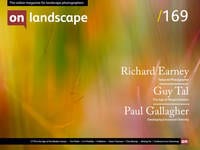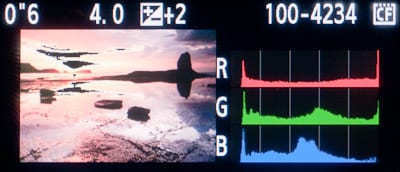A look at how to get the perfect exposure with modern digital cameras

Tim Parkin
Amateur Photographer who plays with big cameras and film when in between digital photographs.
We had a recent email from a reader asking whether we should still be using ‘expose to the right’ when modern sensors have such a large dynamic range. It’s been a while since I’ve even tried ETTR but a theoretical yes was my first instinct. But then I had to have a proper think about the processing of taking of an image and how ETTR (expose to the right) would work in practice and a different answer started to emerge.
For those of you who don’t know what ETTR is, let’s have a quick recap. Without going into too much depth, digital cameras have a fairly constant level of noise. When you give a photograph more exposure, the ‘signal’ (your photo) gets larger whilst the level of noise remains the same. If you don’t give the photograph enough exposure, you have to increase the exposure when you post process it, and inevitably this means boosting the noise as well.
So, more exposure, less noise. Obviously, there is a limit to how much you can increase the exposure because you get to a point where you clip the highlights. So, in order to get the least noise in your image, you need to increase the exposure as much as possible without clipping your highlights. The ‘Expose to the Right’ phrase comes from visualising this by shifting the lumps on your histogram to the right.


